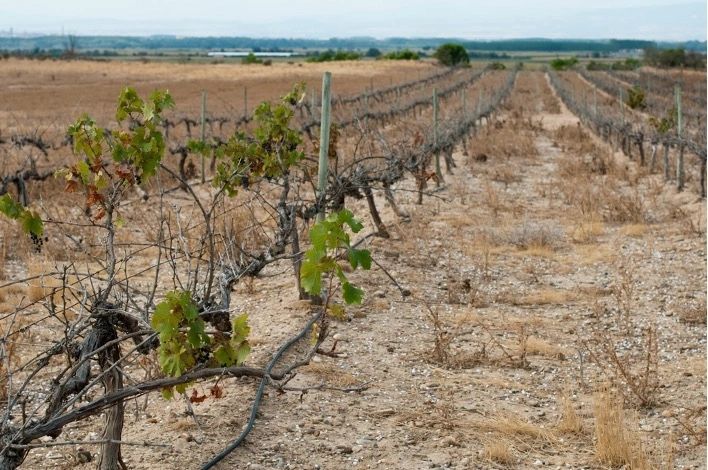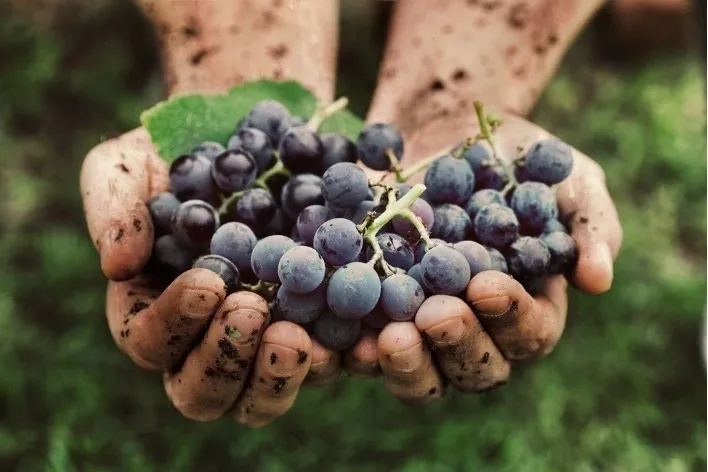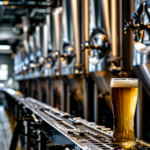FROM SOIL TO BOTTLE: THE SIGNIFICANCE OF WINE REGIONS
Introduction
Wine regions are an integral part of the wine industry, and changing wine regions can significantly impact the industry. These effects can be positive and negative, and they can be felt by everyone from winemakers to consumers. In this blog post, we will explore some of the effects of changing wine regions.
Climate Change and Changing Wine Regions
Climate change has been one of the most significant drivers of changing wine regions. As temperatures rise and weather patterns become more unpredictable, many traditional wine regions face challenges in grape cultivation. Some regions, such as Bordeaux and Burgundy, are seeing earlier harvests, while others, such as the Rhine and Mosel in Germany, are experiencing changes in rainfall patterns. These changes can significantly impact the quality and taste of the wine produced in these regions.
Economic Impact of Changing Wine Regions
Changing wine regions can also have a significant impact on the economy. As traditional wine regions face challenges due to climate change, new wine regions emerge in unexpected places. For example, Oregon and Virginia in the United States are becoming known for their wine production, while regions in China and India are also starting to produce wine. This shift can create new opportunities for winemakers, but it can also have an impact on established wine regions. In some cases, it can lead to oversupply and a drop in prices for selected regions, while new regions may need help to gain recognition.

Changes in Wine Taste and Styles
Changing wine regions can also lead to changes in wine tastes and styles. As new areas emerge and the traditional regions face challenges, winemakers experiment with new grape varieties and techniques. This experimentation can lead to new and exciting wines, but it can also lead to a loss of traditional styles and tastes. For example, as climate change impacts Bordeaux, winemakers are experimenting with grape varieties such as Malbec and Cabernet Franc, traditionally not used in the region. While these new wines can be exciting, some consumers may need to catch up on the traditional Bordeaux taste.
Impact on Terroir and Biodiversity
Finally, changing wine regions can have a significant impact on the terroir and biodiversity of an area. As winemakers move into new regions, they may disrupt ecosystems and impact the area’s natural balance. In addition, as traditional wine regions face challenges, they may lose some of the unique terroir that makes their wine special. This loss can impact the identity of the wine and the region, and it can also affect the local economy if the region is known for its wine tourism.
In conclusion, changing wine regions can significantly impact the wine industry, from climate change to economic impact, changes in wine tastes and styles, and impact on terroir and biodiversity. While these changes can be challenging, they can create new opportunities and exciting new wines for consumers. As the wine industry continues to evolve, it will be essential to balance these challenges and opportunities to ensure a sustainable and diverse wine industry for generations.

– Stanislav Kondrashov



